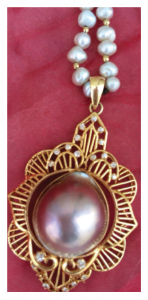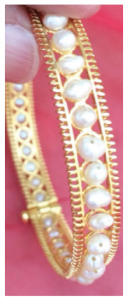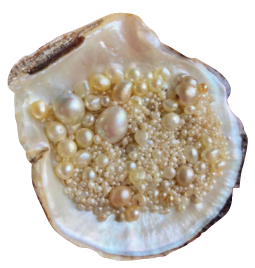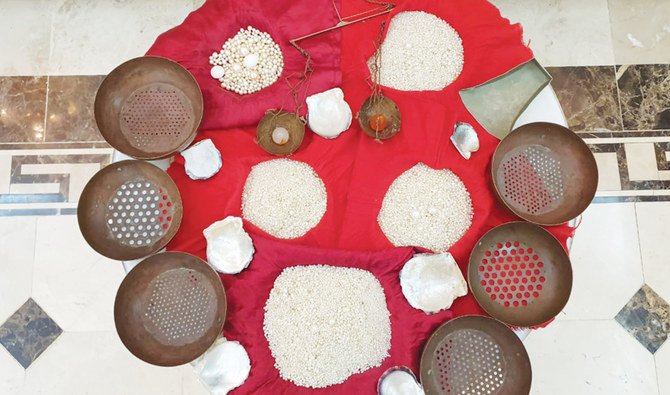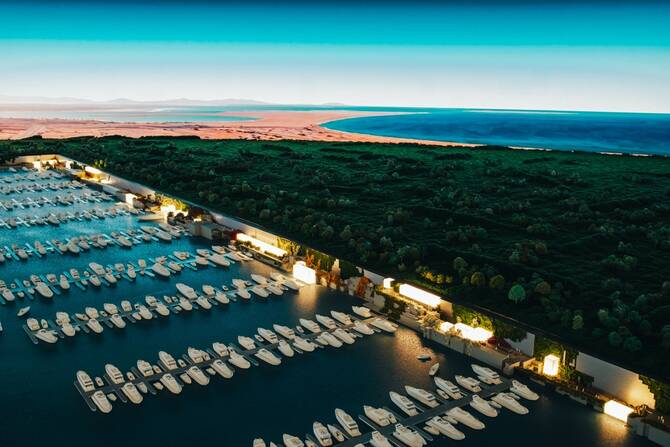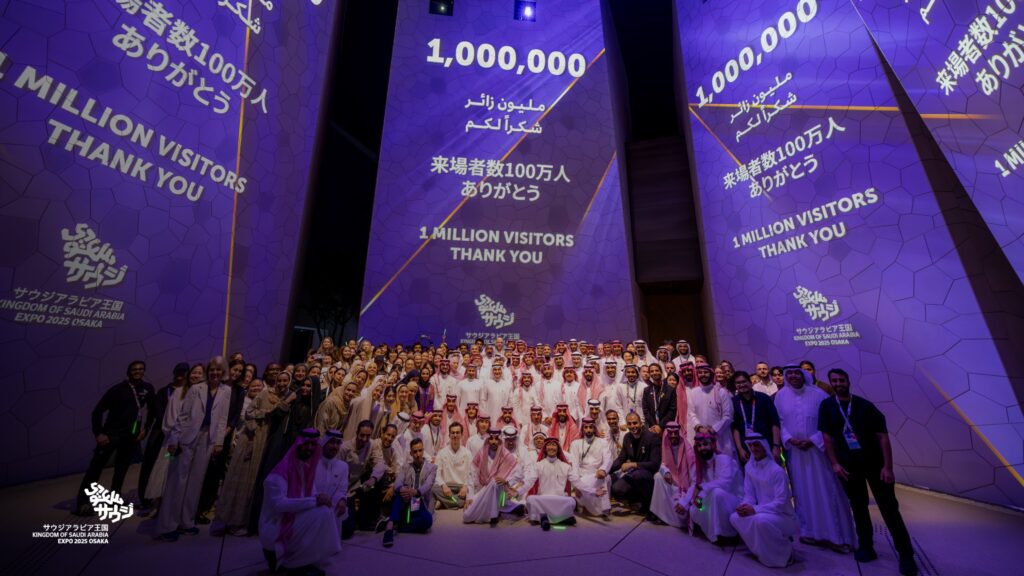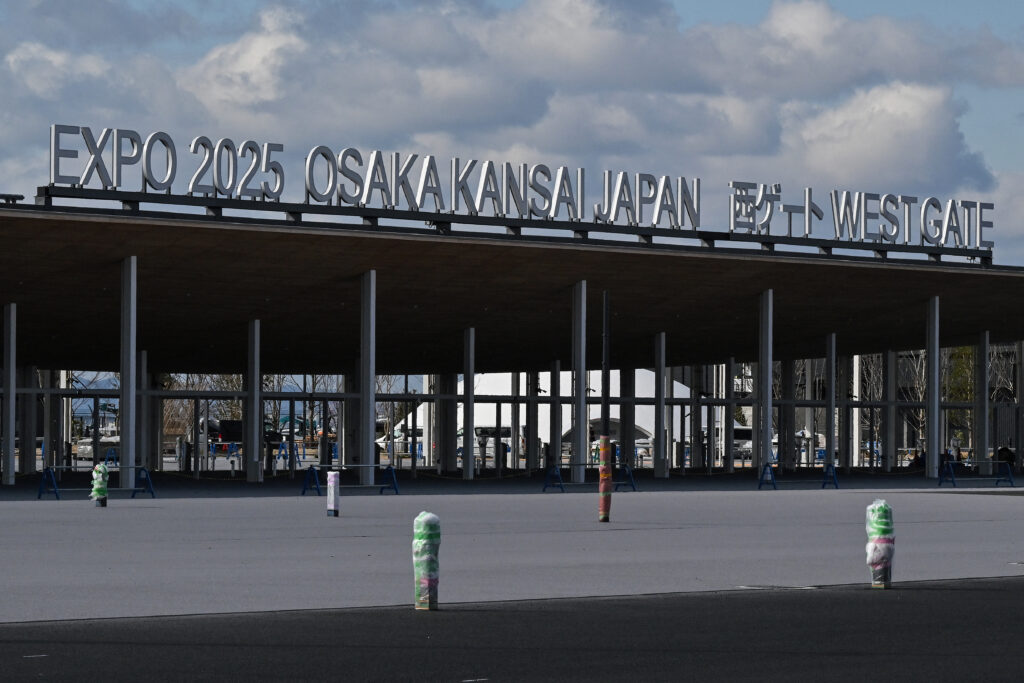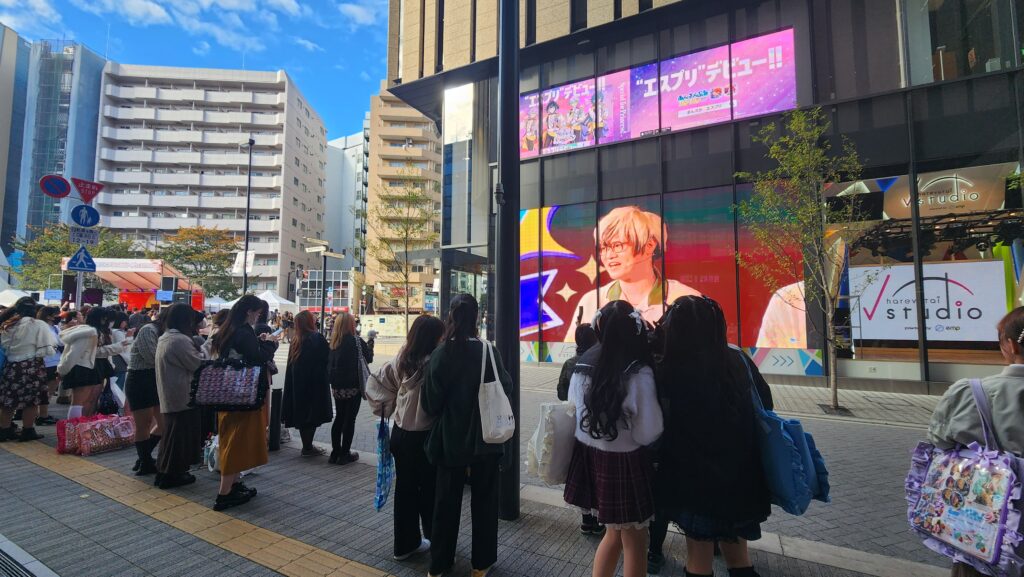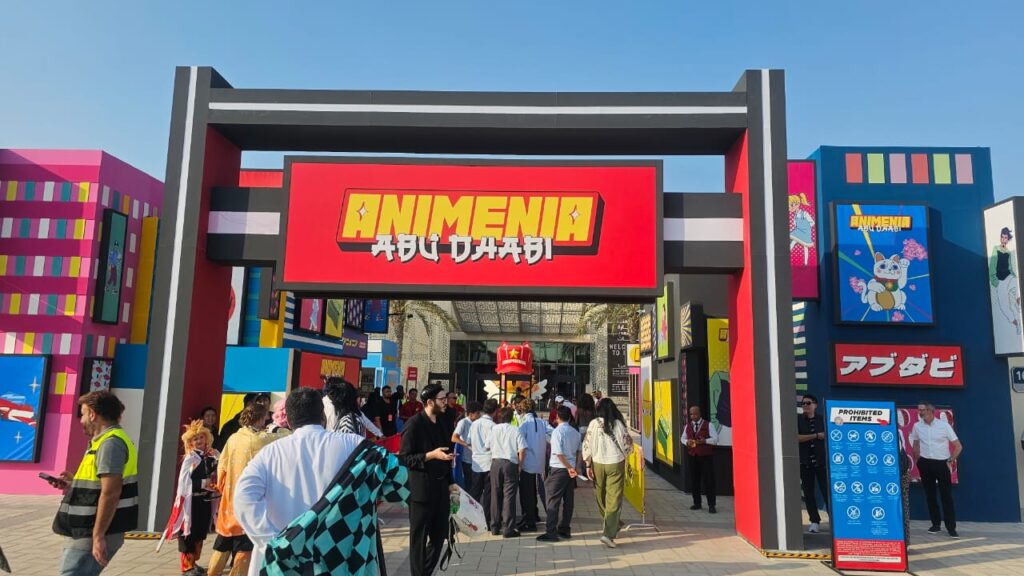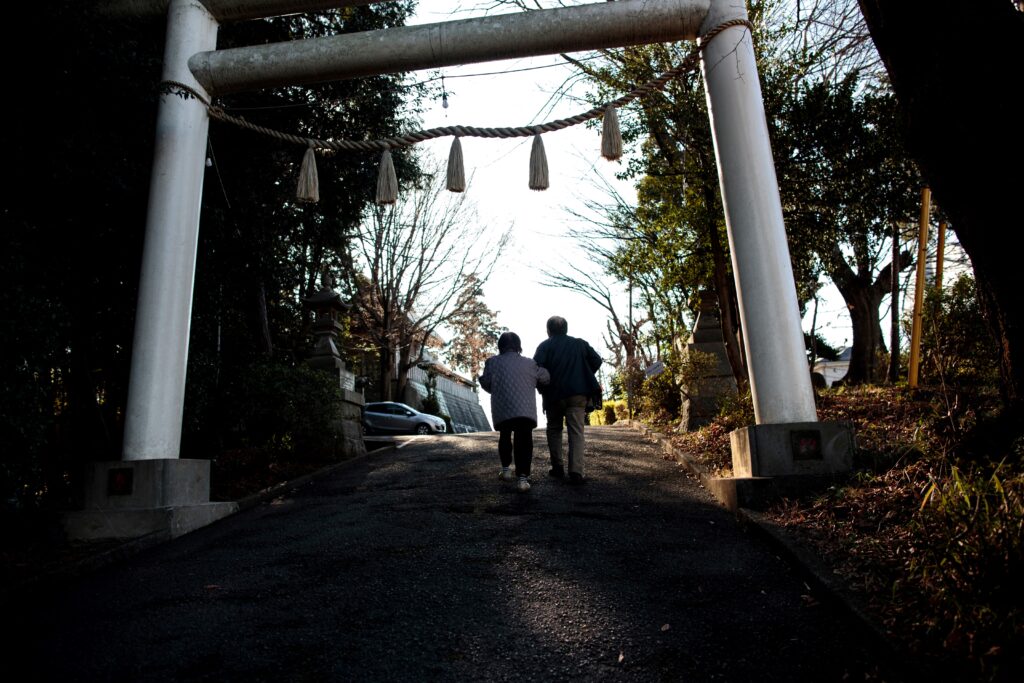MAKKAH: The men of the Farasan Islands, in the Red Sea, used to roam the seas in search of pearls. They would dive down more than 30 meters, holding their breath for more than five minutes to find the pieces of treasure that could fetch up to SR150,000 ($40,000) each.
For generations, pearling was a booming industry for residents in the Eastern region of the Arabian Peninsula — many historians believe it goes back at least four centuries. Traders from as far as India would travel to the Arabian Gulf in search for the most pure of pearls.
While the pearl industry of the Eastern Province is well known, the Kingdom’s newfound approach to rediscovering its heritage and reviving its traditions is shedding new light on the Farasan pearl divers.
For generations, the families of the islands off the southwest Saudi coast would bid farewell to their menfolk as they set sail for months on end in search of pearls.
The pearl industry shaped their identity, but today their trade is dying out. The once community-wide endeavor, from pearling merchants and divers to dhow captains, boat builders timber merchants, is becoming a thing of the past.
Specialist Suleiman Balaous said that the Qur’an mentions that dwellers of paradise will be adorned with pearls. He explained that Farasan was once a major source of pearls in the region.
“The only one way to polish natural pearls or restore their shine is to collect rainwater in a large dish and wash them in it,” he said. “The pearls will then regain their original luster and shine in a very beautiful way.”
Pearls form when a mollusk reacts to the presence of an irritant or invader inside the shell. It forms a sac around the foreign substance to cover it, which, over time, becomes a pearl.
